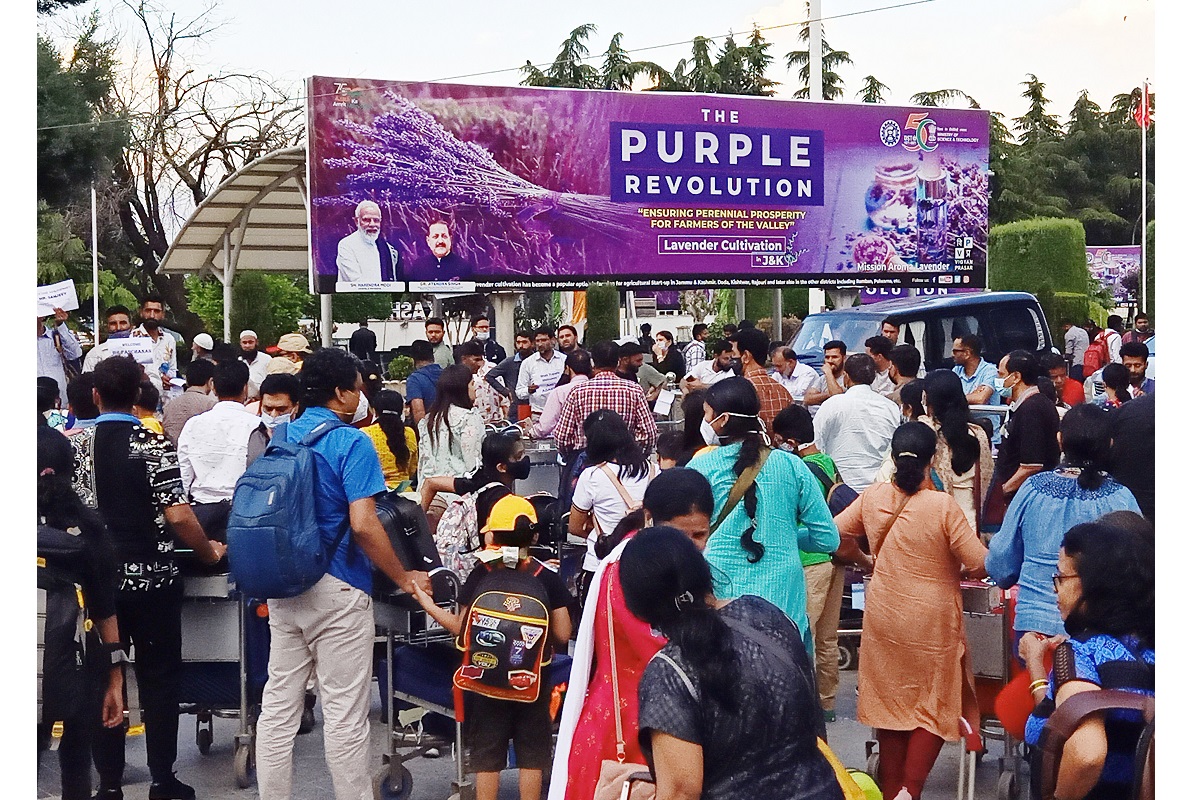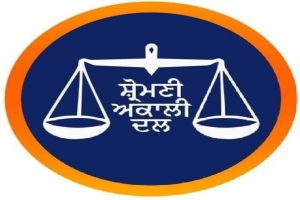Lieutenant Governor Manoj Sinha on Saturday said that Kashmir was witnessing a “golden period” on the tourism front as more than 80 lakh tourists have visited the UT in the past few months, breaking all records for the past 20 years.
The LG told reporters in Srinagar; “I think this is the golden period for Jammu and Kashmir in which all the records of the last 15-20 years have been broken. More than 80 lakh tourists arrived here in the last few months. This has brought prosperity and is helping people establish peace”.
Advertisement
“Record number of people are visiting Kashmir. This is a golden period on the tourism front in the history of Kashmir and we should cash in on this period,” he said. “Flight operations to have broken all previous records. Today all hotels are booked in advance and people of other states of the country are finding it difficult to get an air ticket for Srinagar.”
Replying to a query, he said on average, 3500 shikaras (boats) operate in the Dal Lake. He said that the government is committed to ensure the lake is cleaned on a fast-track basis.
He said that the administration led by him is committed to preserve and restore the lost glory of the world-famous Dal Lake in Srinagar as the administration was working with the locals to clean the lake from weeds and other pollutants.
“This is for the first time that the government along with the locals is cleaning Dal Lake. People and the locals of Srinagar are on the same page and under a pledge to see the Dal Lake clean from weeds and other pollutants,” Sinha said.
Meanwhile, a huge rush of inward and outgoing tourists was being witnessed at the Srinagar airport which was daily handling more than double its total capacity of passengers.
The airport operated 96 flights carrying 13,397 passengers on Friday. A day earlier, 98 flights carrying 12,527 passengers were operated against the capacity of 7000 passengers.
The tourism sector in Kashmir had remained paralysed since August 2019 when Article 370 was abrogated and subsequent lockdown due to Covid-19.











